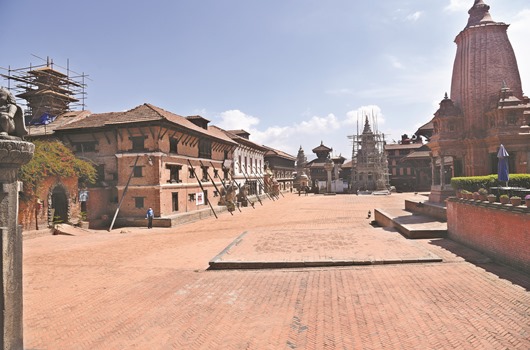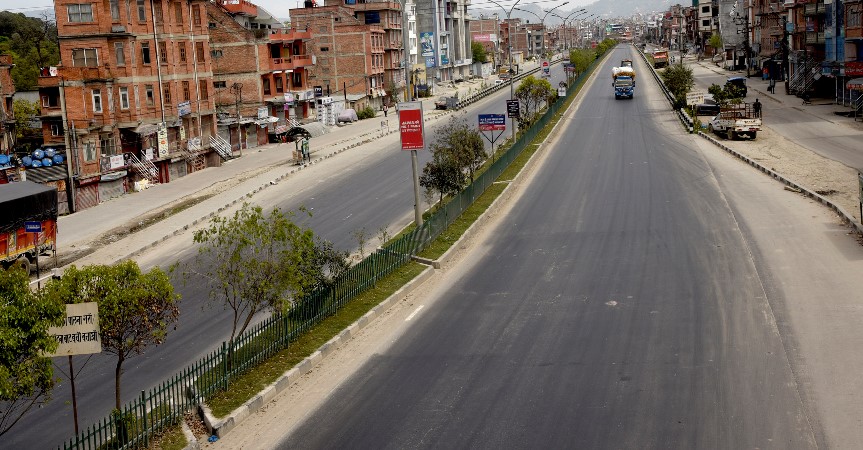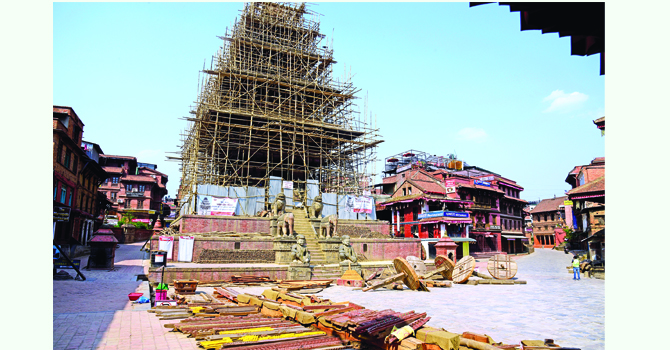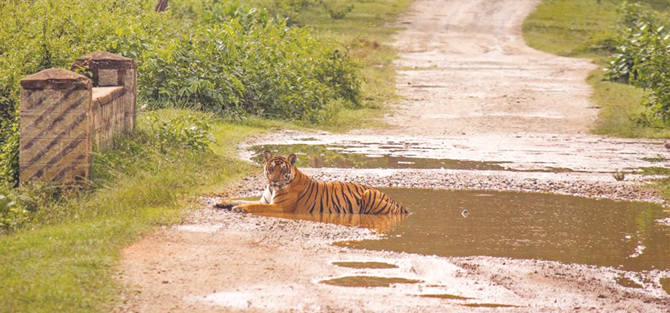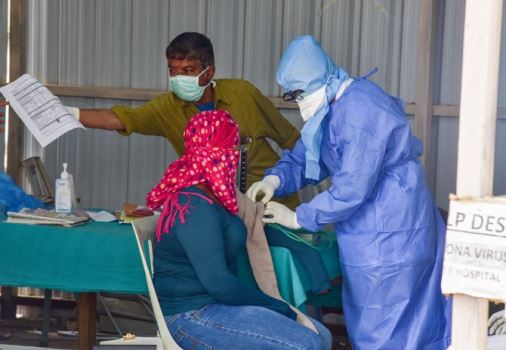Precious Nepali wetlands must be preserved
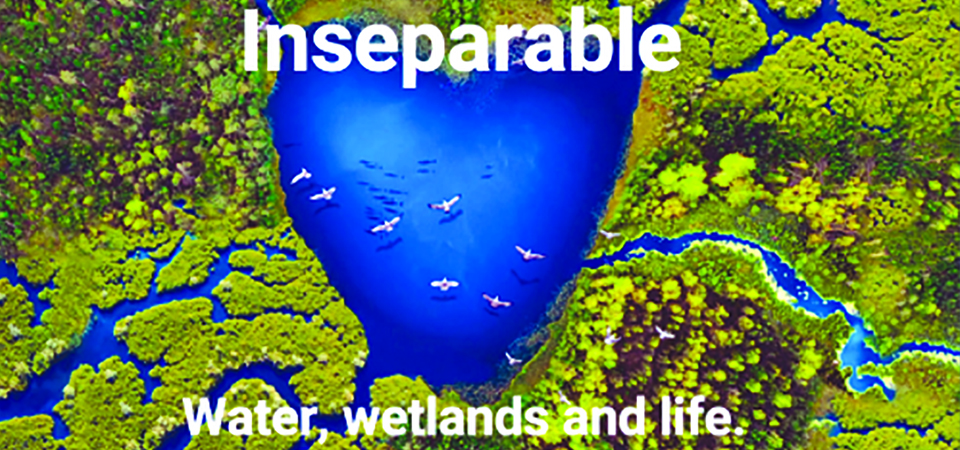
By Indira Aryal
Kathmandu, Feb. 2: Each year, World Wetlands Day is celebrated around the world on February 2 to raise awareness about the importance of wetlands for people and the planet.
This year, too, the day is being celebrated with the theme "Wetlands and Water: Inseparable and Vital to Life.” In Nepal, the situation of wetlands is increasingly becoming dire, primarily due to the impacts of climate change, unsustainable development and human encroachments into their areas, experts say.
Natural wetlands in various parts of the country are in sorry condition, and the government is working to revive them by implementing the National Wetland Policy (NWP) of Nepal, 2012, as per Dr. Deepak Kharal, Director General at the Department of Wildlife and National Parks (DWNP). The country has approximately 5,000 wetlands, including permanent and seasonal rivers, streams and creeks. To date, 10 wetlands have been declared as Ramsar sites after Nepal became the signatory of the
Ramsar Convention held in 1971, in Iran.
In Nepal, wetlands -- like lakes, ponds, rivers, swamps, reservoirs and paddy fields -- cover around 5.6 per cent of the country’s total surface area and more than 21 ethnic communities rely on them for their livelihood. To enhance their conservation, Nepal formulated the National Wetland Policy (NWP) in 2003 and made amendments to it in 2012.
The NWP defines wetlands as perennial water bodies that originate from underground sources of water or from rainfall.
The country has also formulated National Ramsar Strategy and Action Plan, Nepal (2018 to 2024). According to that plan, there has been a decrease of 5.41 per cent of the total wetland coverage, mainly due to the expansion of croplands in Nepal.
Other factors are encroachment (drainage, agriculture, settlement and infrastructure development), extraction and diversion of water for irrigation, invasion of alien species, siltation, overharvest of resources including commercial fishery, and changes in land use, especially in agricultural lands and urban infrastructures.
Natural wetlands are decreasing every year while artificial ones are being added in some of the areas. Artificial wetlands such as fish ponds are constructed mainly in national parks, said Dr. Kharal. However, there is no exact data on how many artificial wetlands have been built within the country so far, and how many natural wetlands have been drying up.
According to Dr. Kharal, wetlands are also habitats for several species of wildlife, from aquatic animals to migratory birds. The government, in coordination with all the concerned government bodies and local governments is working for their protection and conservation, he added.
“We are facing a growing crisis of conserving wetlands that threaten both the people and wildlife,” said ornithologist Hem Sagar Baral, who is also the country representative for Zoological Society of London. He stated that wetlands are very important for every species in this planet including bird species, but due to unmanaged reservoirs and encroachment, they are on verge of disappearance.
Unprecedented flash floods (in Darchula in 2013), extreme droughts (in Bajura, Humla and Mugu in 2016), altered phenological behaviour of plants and animals, the altitudinal shift of aquatic habitats are few examples of events induced by climate change.
Prakash Lamsal, Spokesperson at the Ministry of Forest and Environment informed that the government has been identifying and conserving wetlands under the NWP.
In the last two decades, in Sagarmatha National Park, temperature rise has caused glaciers to retreat and snow covered areas to gradually lose snow, multiple researches have shown. Therefore, Government of Nepal (GoN) has recognised climate change as a serious concern, and has responded to it through policy frameworks like National Adaptation Program of Action (NAPA) and Local Adaptation Plans of Action (LAPA), according to the Action Plan.
According to the World Wildlife Fund (WWF), the government, with support from WWF Nepal, carried out a host of activities including preparing inventories, documenting the cultural, religious and spiritual significance of the important wetlands, and supporting development and implementation of site management plans of Gosaikunda and Ghodaghodi Ramsar sites. WWF Nepal has also declared Gokyo, Gosaikunda, Rara and Shy Phoksundho as four high altitude wetlands.
Recent News

Do not make expressions casting dout on election: EC
14 Apr, 2022
CM Bhatta says may New Year 2079 BS inspire positive thinking
14 Apr, 2022
Three new cases, 44 recoveries in 24 hours
14 Apr, 2022
689 climbers of 84 teams so far acquire permits for climbing various peaks this spring season
14 Apr, 2022
How the rising cost of living crisis is impacting Nepal
14 Apr, 2022
US military confirms an interstellar meteor collided with Earth
14 Apr, 2022
Valneva Covid vaccine approved for use in UK
14 Apr, 2022
Chair Prachanda highlights need of unity among Maoist, Communist forces
14 Apr, 2022
Ranbir Kapoor and Alia Bhatt: Bollywood toasts star couple on wedding
14 Apr, 2022
President Bhandari confers decorations (Photo Feature)
14 Apr, 2022




